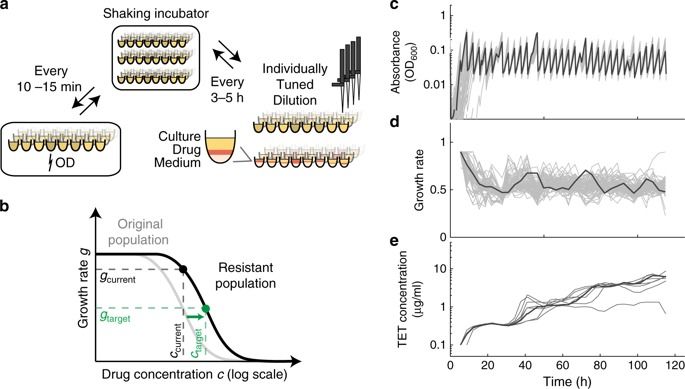Jun 24, 2020
Is Another Monster Particle Accelerator Really Such a Good Idea?
Posted by Genevieve Klien in category: particle physics
The governing council of the European Organization for Nuclear Research, known internationally as CERN, wants to build a brand new, bigger-than-ever $23.6 billion particle collider. At one time, CERN’s Large Hadron Collider (LHC) made news for costing a mere $5 billion. Is the escalating cost of these colliders worth it for the research scientists are able to do?
At least one prominent physicist says no. Sabine Hossenfelder, a theoretical physicist at the Frankfurt Institute for Advanced Studies, argues in Scientific American that bigger and bigger particle collider schemes have run out of room to make meaningful progress.

















